Everyone is talking about influencer marketing and creator partnerships these days, but marketers can be hindered by assumptions about the way these partnerships have worked in the past: brand-controlled, organic-first, limited to one-time campaigns.
You need to think bigger. To get the most out of the assets and campaigns you’re building with influencers, you need to look at influencers as true creative partners, leverage paid media to unlock the full performance potential, and build ongoing relationships that go beyond a single ad set.
That’s particularly true for brands looking to expand their reach and connect with, engage, and convert millennial and gen Z audiences.
Consumers love creator content, so leverage the creative expertise of influencers to drive performance
People prefer content from human beings vs. brands, especially when it comes to video. In fact, in a recent study from Tubular published in eMarketer, nearly 75% of the nearly 20 billion hours of video watched by US users on Facebook in YouTube in Q4 2021 came from influencer content.
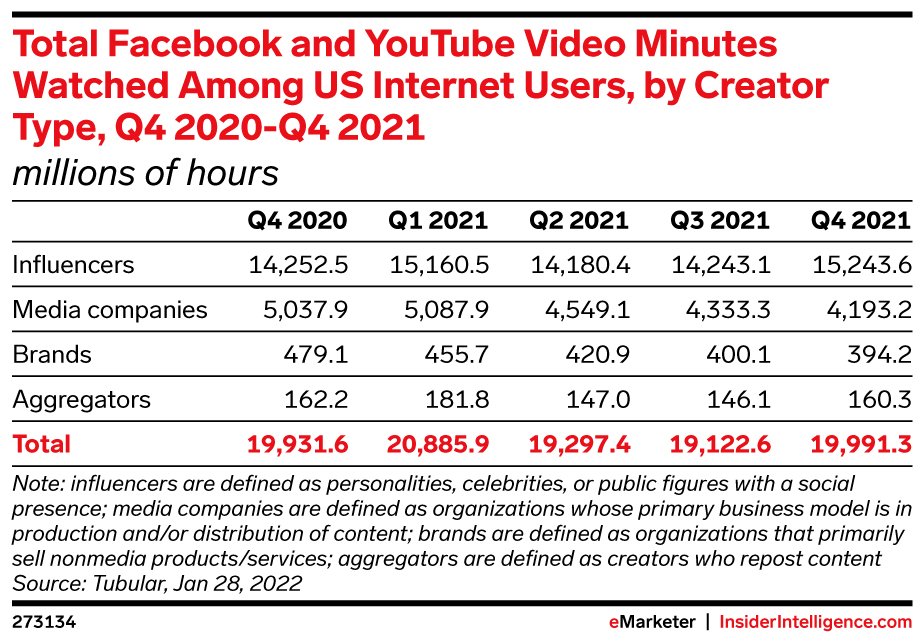
Source: eMarketer
Influencer marketing is beneficial to both brands and creators because it brings outside perspectives to the table and offers social proof to potential customers while helping to establish the creator’s credibility with audiences around product recommendations and increase their ability to monetize their platform(s).
Look for influencers that have followings and content that align with your brand’s values instead of just focusing on follower count. Engagement and performance don’t necessarily strongly correlate with performance (plus higher follower volume usually equals higher price).
A popular influencer with low affinity with the brand tends to drive significantly less cost-efficient ROAS compared to a micro/nano influencer with high brand affinity. In fact, eMarketer forecasts that investment in micro- and nano-influencer marketing will increase, while brands are likely to slow spending on other segments.
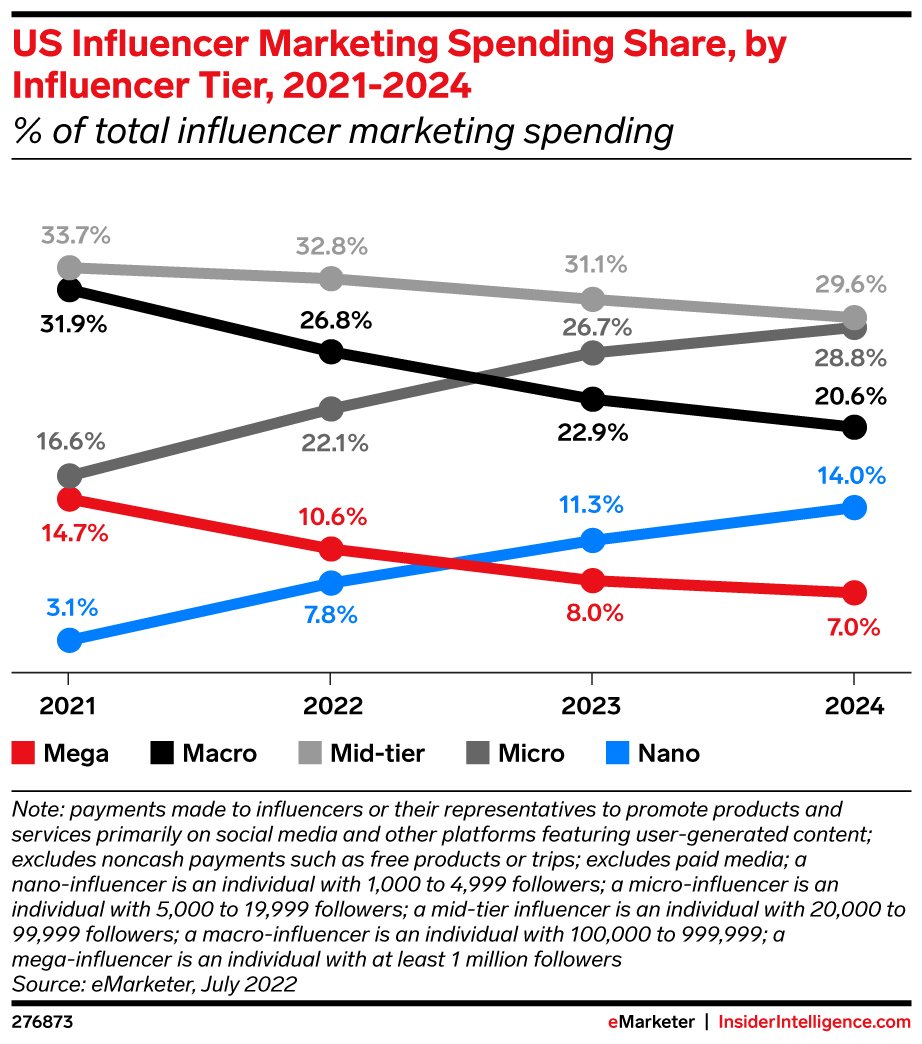
Source: eMarketer
Vetting is important. Start with a quick check of the influencer’s follower count and average engagement volume on their organic posts to get an idea of how engaged their followers are (and ensure that they’re not primarily bots). Also, keep an eye out for creators who court scandal—nothing says PR disaster like an influencer who’s one step away from blowing up in a bad way in the public eye.
Leverage creators’ native video expertise and deep understanding of platforms and audiences to build a key pipeline for new creative for paid media campaigns. Don’t come to the table just to tell a creator what they need to do; instead, collaborate to help expand your brand positioning.
Your partnership goal should be the creation of content that feels true to the creator’s audience, the platform, and your brand, otherwise you could just build the same creative in-house. Make sure you have a campaign brief prepared that provides the creator with relevant brand messaging and content guidelines while allowing for creative freedom.
Remember to get permission from creators to use their content across platforms and in various campaigns; don’t open your brand up to potential backlash or legal repercussions by using a creator’s content in new ways without their consent.
Don’t settle for the organic benefits of influencer marketing, bring that fresh creative juice to your paid social media campaigns and beyond
When brands partner with influencers organically, the brand and featured products are usually pushed to the direct followers of the content creators. They can also be discovered by other audiences via the discovery section of the platforms.
In short: reach is limited and the content has a pretty short shelf life if you restrict your influencer marketing to organic partnerships.
But when you augment traditional influencer marketing with paid media, you can fill gaps across every stage of the customer conversion journey, including:
- Scaling brand awareness by introducing the brand/product to fresh prospects through a content creator’s sponsored post featuring authentic, native creative
- Providing additional information and social proof to people in the consideration stage who are considering various products
- Pushing uncertain customers from consideration to purchase by surfacing creator content featuring a specific product to users with the same product in their carts
- Increasing customer loyalty by partnering with trusted creators and influencers with established audiences in relevant niches
You can utilize influencer whitelisting to use organic, user-generated content (UGC) as ads to promote your brand and drive additional performance. With the appropriate permissions in place, you can also supercharge evergreen brand campaigns with influencer creative and use the influencer’s followers to target lookalike audiences.
This is an especially effective strategy for ecommerce and D2C brands focused on younger audiences. According to GWI, Gen Z consumers are more likely to discover new products on social media than through search, and 76% of those young consumers look to social networks and video sites to research brands, products, or services.
The benefits aren’t limited to creator-led platforms like TikTok or Instagram. There are also cross-channel integration opportunities with paid search, email marketing, content marketing, performance creative, Amazon, affiliate marketing, programmatic and more!
You need to get the full value out of your influencer marketing investment in a market that increasingly favors creator content. That’s why eMarketer projects that brand investment in influencer campaigns will continue to grow by leaps and bounds in the next couple of years.
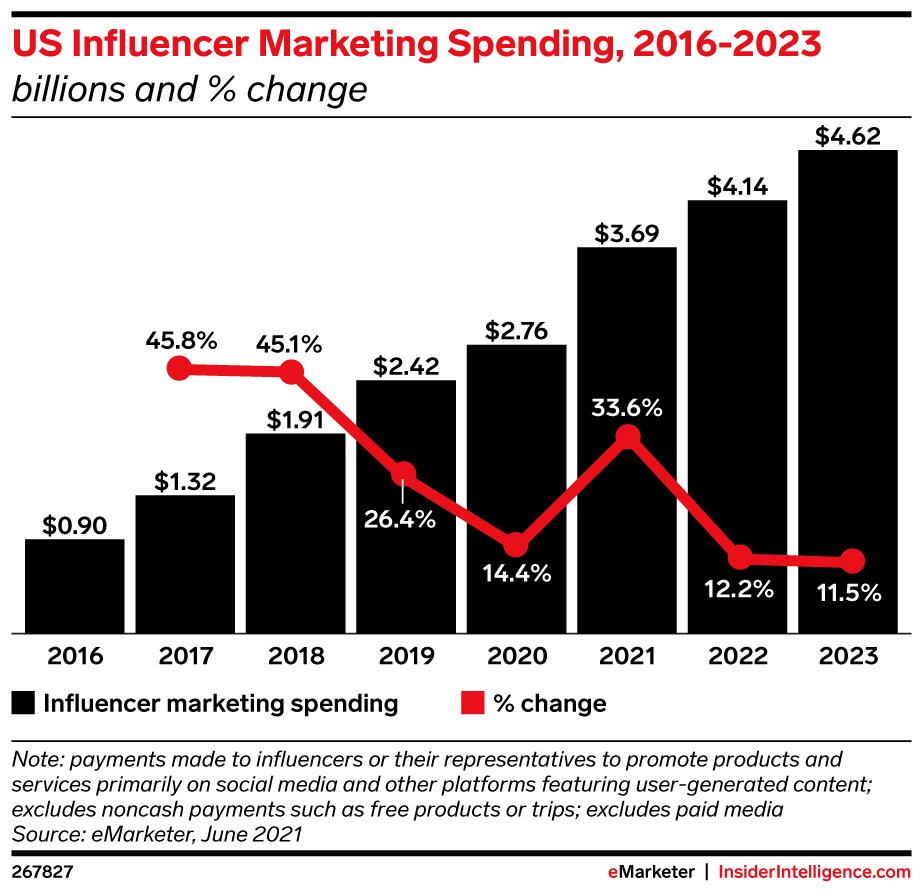
Source: eMarketer
Paid amplification ensures creator content connects with specific audiences who are unreachable through the organic channels alone while maintaining the advantage afforded by native platform content.
Don’t just cross your fingers and hope it’s working, measure the impact of your influencer marketing paid media campaigns
Consumers are savvier than ever about content on social media, including influencer content. If they feel they’re being pandered to or that the influencer isn’t genuine, they’re likely to be turned off from your brand completely.
Great creator content gives brands the edge by establishing both authenticity and credibility that may not have otherwise existed without the partnership.
It’s not enough to just put creator-built content out there, you need to know it’s working. Measuring the success of a paid influencer collaboration should be grounded in your brand’s objectives and use relevant KPIs like organic impressions, reach, engagements, website traffic, promo code redemptions, or content for cross-channel usage.
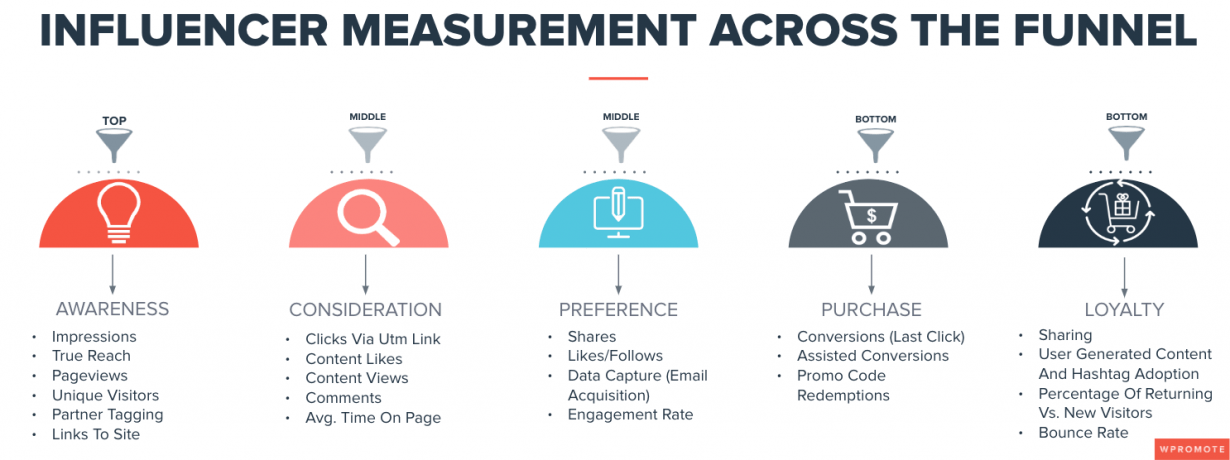
If the goal of your influencer marketing investment is brand awareness, then branded search lift and/or keyword trends on Google during the campaign and post-promotion is a great way to articulate whether or not the investment of those media dollars and fees is paying off.
For conversion-focused collaborations, remember that the influencer fee should be baked into the media spend when calculating the ROAS of the collaboration. If the paid promotion is more effective than the benchmark for evergreen branded ads, then the collaboration is usually evaluated as successful.
In an ideal world, influencer content should be refreshed on a monthly basis and feature the products you’re pushing across your other media channels during a particular quarter. If that’s not possible because of budget or time constraints, analyze performance each quarter to identify common trends among the top- and bottom-performing content.
The resulting learnings should be applied to future guidance for influencer content creation and best practices for campaign deployment in the future. Continuous testing is essential to determine the best balance of paid and organic for your strategy.




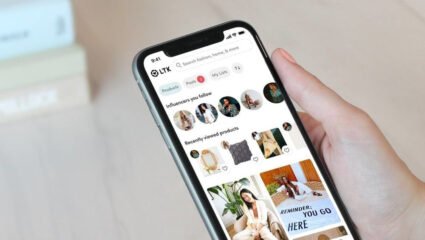
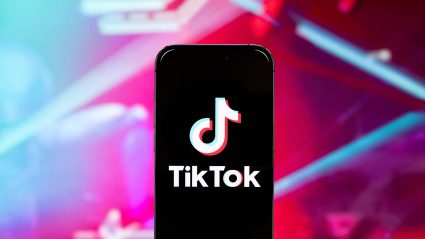


Responses